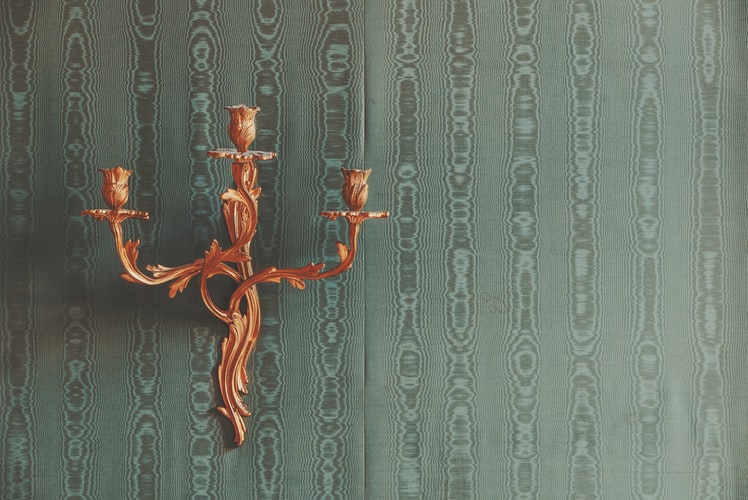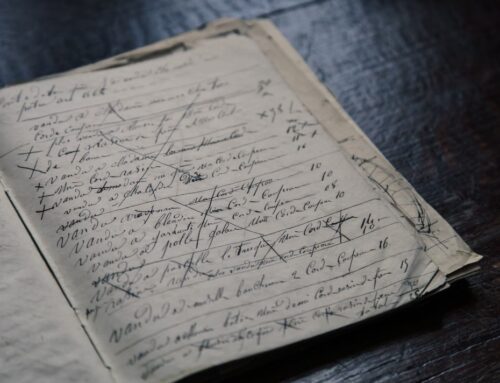In this mini-lesson, I’ll go through the basics of how to describe an object in detail – and not just in a boring way! Many of the creative writing and descriptive writing questions in exams require you to focus on an object, person, place or thing.
Thanks for reading! If you find this useful, take a look at our full Basic Descriptive Writing and Advanced Descriptive Writing courses.
Lots of my students get stuck on description; they tell me that they can’t think of anything to write. Or they feel like they can only just list details or features of the object without being ‘creative’. So, if this is relatable for you then keep reading as we’ll be breaking down how to go beyond basic descriptions and transform them into something personal, powerful and meaningful.
Descriptive Writing: What is it and How to do it
Descriptive Writing Task:
- Look around you and choose an object. This should be something interesting – it might have a history to it or a memory attached. It might be complex or beautiful in some way. It might mean something important to you.
- Once you have picked the object, sketch it out using notes. What details do you notice there? Think about colour, shape, size, texture, patterns. How old or new is it? Has it been changed by humans at any point – maybe it’s broken or worn down? How does it make you think or feel? What memories or stories could you attach to it (these can be invented if you don’t have a real story or memory)?
- Write 2 paragraphs describing the object. Try to use as many techniques as possible. Write as quickly as you can. Each paragraph should be on a different topic. For instance, you might choose to structure this as the item now vs it in the past, physical description vs memory, or zooming in on different details.
- Edit your work. Could your descriptions be clearer in any way? Is there something you want to add or delete? Have you used enough techniques and a good range of different techniques rather than just repeating the same one? Have you used interesting punctuation, a variety of sentence lengths, a range of complex and specific vocabulary?
My Answer:
When doing this task with a student, I chose a candlestick that was on my desk. I decided to structure my paragraphs so that one was about the physical description of the candlestick, and the other was about its history and how it might have been made. Here’s my piece below:
A wax cylinder emerges from this candlestick, grey and ghostly – strange implacable colour; neither brown, nor black, nor white. Its burnt black wick curves slightly to the right, emerging out of a smoky pool of wax that has softened, melted and solidified again, into a curve – warped by the concentrated heat of a long snuffed-out flame. The monochromatic of the candle is directly opposed to the candlestick itself, which is awash with swirling patterns and colours, hand-painted onto a dark background and finished with a reflective gloss. Dust, however, has settled over its base and dulled the sheen to a milky pall over the bright colours below.
Far off, in an ancient land, I can imagine an old woman, sitting at her table in a village somewhere – perhaps in Siberia, Sweden or Finland. Wrapped in a patterned shawl to shelter herself from the biting Winter cold, she has only her fingerprints exposed, for dexterity, and in them, she holds an elegantly small paintbrush. The candlestick has been carved, turned and polished by her neighbour, and it is her task to transform it from a dull wooden object into something magical: a work of art. She paints luxurious crimson plums, bulbous yellow grapes (all perfectly circular) and intricate, swirling foliage that finishes off the folk art design. She will likely sell this object to a trader for a few pennies, perhaps enough to afford a measly potato soup for supper. Years later, I will purchase it as a fine antique in a high-end gallery, in an upmarket quarter of Harrogate, North Yorkshire.

Final Task: Review your work
Take a look back over your written piece, and do a short analysis of it – you can either write this out or just think about it. How successfully do you think the piece was? Are you happy with it? Why/why not?
Find three details that you are most proud of in your piece. Why are they great?
Find three details that could be improved. How would you improve them?
Thanks for reading! If you found this useful, take a look at our full Basic Descriptive Writing and Advanced Descriptive Writing courses, as well as other English Language and Literature courses.












